A look at the four major FLNG projects that are set to make Africa a global hub for LNG.
Floating LNG technology is offering the tantalising prospect of unlocking small and stranded gas reserves in Africa. While some LNG projects are stumbling to get off the drawing board, FLNG is racing ahead.
Uniquely, FLNG vessels will provide the first liquefaction plants in Mozambique and Cameroon and the technology is also expected to lead an expansion of capacity in Equatorial Guinea.
Hilli Episeyo dispatched its inaugural cargo from the Sanga field in May putting Cameroon in the record books as the world’s twentieth LNG exporting country. The vessel is moored 14km off the coast in benign waters by an external frame turret arrangement which allows it to weathervane.
Perenco and its partners, Cameroon's state-owned Société Nationale des Hydrocarbures and Golar LNG, took the final investment decision (FID) to move ahead on the FLNG-based project in November 2015.
Hilli Episeyo was originally a conventional 1975-built, 125,000 m3 LNG carrier before conversion at the Keppel yard in Singapore in 2015.
Sanga was the first offshore gas field to be developed in Cameroon to feed a third-party power plant. The two gas wells are producing from an offshore production module and are exported to a gas processing plant at Kribi, where it is treated, to reach the required specifications of the 216 MW Kribi power plant.
FLNG facilities are a new development. Unlike sprawling conventional onshore refineries and gas-processing facilities, they must perform the same operations in a quarter of the space, with strict weight limitations. Currently, only four such facilities are in use or in development around the world; Coral South FLNG will be the fifth. It also will be the first ultra-deepwater FLNG facility in the world, at more than 2,000 metres deep, and will be moored off Mozambique.
The $8 billion project was launched by Mozambique President Felipe Nyusi and when it becomes operational in 2022, it will be able to liquefy more than 3.3 million tons of gas per year, which is equivalent to 5 billion cubic metres.
The Fortuna FLNG development will be Africa’s first deepwater independent FLNG project. The project entered FEED in July 2015 and FID is expected once the financing solution has finalised. The field is expected to produce 2.2mmtpa.
Fortuna sits within the Block R licence, offshore Equatorial Guinea which is in the south-eastern part of the Niger Delta complex.
A floating LNG development concept was selected because the gas discovered in Block R is around 99 per cent methane with no contaminants or heavier hydrocarbons and therefore very little topside processing is required. In addition, the benign metocean conditions and proximity to European LNG markets make the FLNG concept the appropriate development option. Utilising a Golar owned LNG tanker, the Ghandria, which will be converted, makes the project low cost and quick to first gas.
Plans to utilise a FLNG vessel to develop the Tortue/Ahmeyim field in an area that straddles the territorial waters of Senegal and Mauritania are moving ahead rapidly only 16 months after the discovery of the gas deposit.
The partners in the Greater Tortue FLNG project are targeting a final investment decision by the end of 2018. BP, leading the venture, stated that the field contains 15 trillion cubic feet (tcf) of recoverable gas, equivalent to 300M tonnes of LNG.
The scheme calls for gas from four separate wells to be processed by an oil floating production storage and offloading vessel to remove liquids from the stream. The dry gas would then be piped 100 km to a nearshore FLNG vessel for liquefaction and transfer to loading LNG carriers.
Uniquely, FLNG vessels will provide the first liquefaction plants in Mozambique and Cameroon and the technology is also expected to lead an expansion of capacity in Equatorial Guinea.
Hilli Episeyo
Hilli Episeyo dispatched its inaugural cargo from the Sanga field in May putting Cameroon in the record books as the world’s twentieth LNG exporting country. The vessel is moored 14km off the coast in benign waters by an external frame turret arrangement which allows it to weathervane.
Perenco and its partners, Cameroon's state-owned Société Nationale des Hydrocarbures and Golar LNG, took the final investment decision (FID) to move ahead on the FLNG-based project in November 2015.
Hilli Episeyo was originally a conventional 1975-built, 125,000 m3 LNG carrier before conversion at the Keppel yard in Singapore in 2015.
Sanga was the first offshore gas field to be developed in Cameroon to feed a third-party power plant. The two gas wells are producing from an offshore production module and are exported to a gas processing plant at Kribi, where it is treated, to reach the required specifications of the 216 MW Kribi power plant.
Coral FLNG
FLNG facilities are a new development. Unlike sprawling conventional onshore refineries and gas-processing facilities, they must perform the same operations in a quarter of the space, with strict weight limitations. Currently, only four such facilities are in use or in development around the world; Coral South FLNG will be the fifth. It also will be the first ultra-deepwater FLNG facility in the world, at more than 2,000 metres deep, and will be moored off Mozambique.
The $8 billion project was launched by Mozambique President Felipe Nyusi and when it becomes operational in 2022, it will be able to liquefy more than 3.3 million tons of gas per year, which is equivalent to 5 billion cubic metres.
Fortuna FNLG
The Fortuna FLNG development will be Africa’s first deepwater independent FLNG project. The project entered FEED in July 2015 and FID is expected once the financing solution has finalised. The field is expected to produce 2.2mmtpa.
Fortuna sits within the Block R licence, offshore Equatorial Guinea which is in the south-eastern part of the Niger Delta complex.
A floating LNG development concept was selected because the gas discovered in Block R is around 99 per cent methane with no contaminants or heavier hydrocarbons and therefore very little topside processing is required. In addition, the benign metocean conditions and proximity to European LNG markets make the FLNG concept the appropriate development option. Utilising a Golar owned LNG tanker, the Ghandria, which will be converted, makes the project low cost and quick to first gas.
Tortue FLNG
Plans to utilise a FLNG vessel to develop the Tortue/Ahmeyim field in an area that straddles the territorial waters of Senegal and Mauritania are moving ahead rapidly only 16 months after the discovery of the gas deposit.
The partners in the Greater Tortue FLNG project are targeting a final investment decision by the end of 2018. BP, leading the venture, stated that the field contains 15 trillion cubic feet (tcf) of recoverable gas, equivalent to 300M tonnes of LNG.
The scheme calls for gas from four separate wells to be processed by an oil floating production storage and offloading vessel to remove liquids from the stream. The dry gas would then be piped 100 km to a nearshore FLNG vessel for liquefaction and transfer to loading LNG carriers.

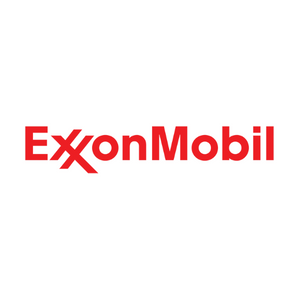
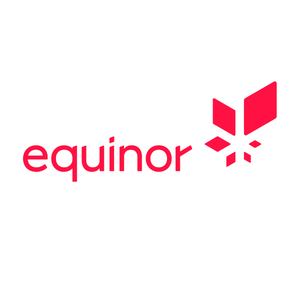
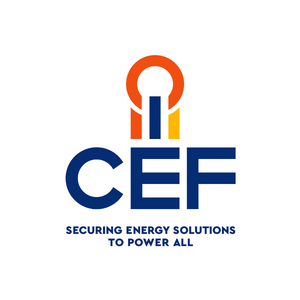
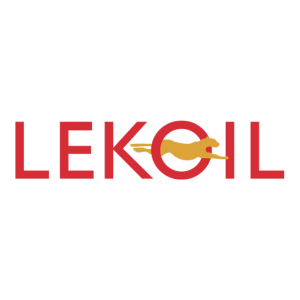
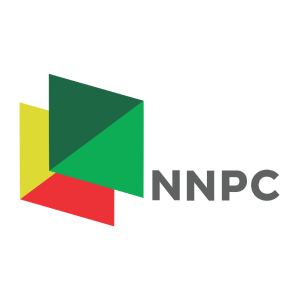
_weblogo_2.png?ext=.png)
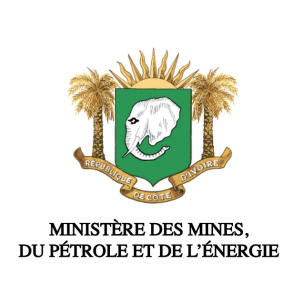

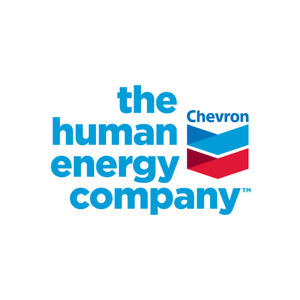

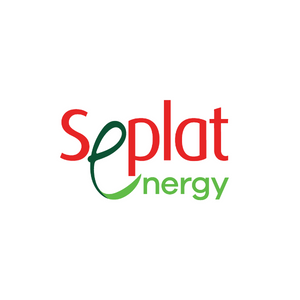
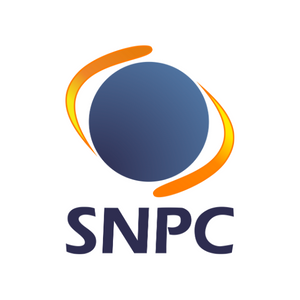

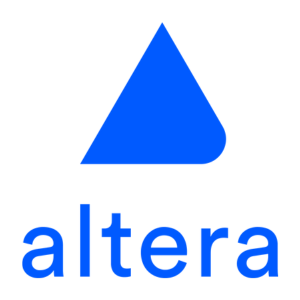
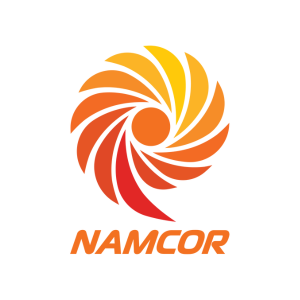

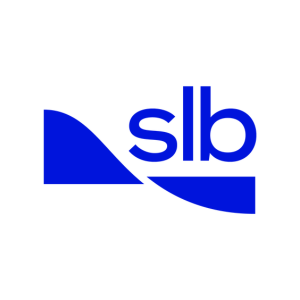
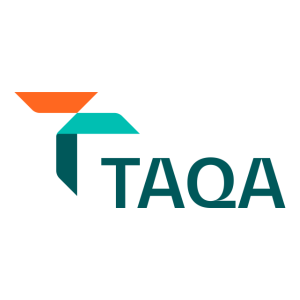
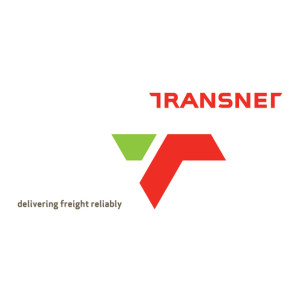


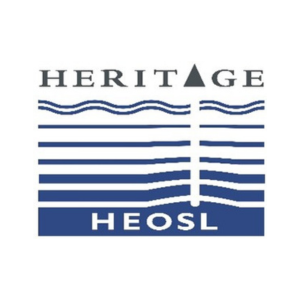
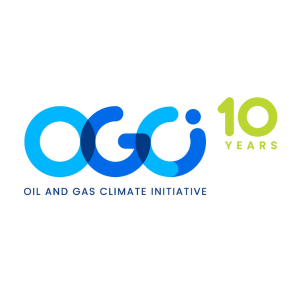
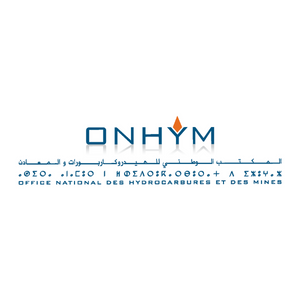
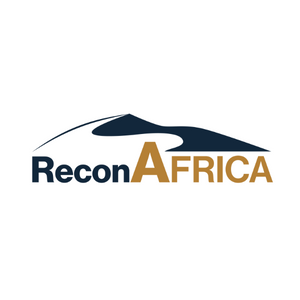
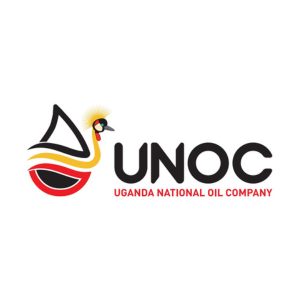
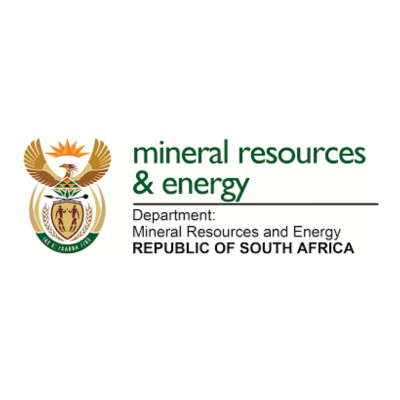
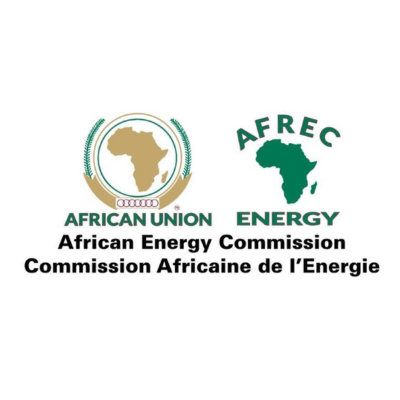
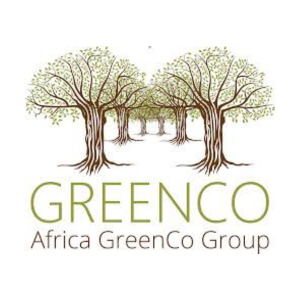
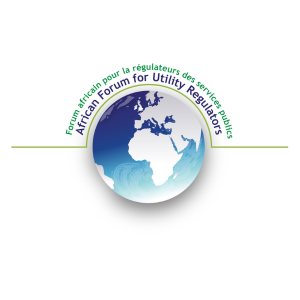
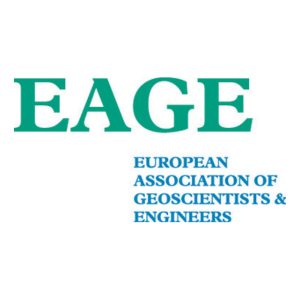
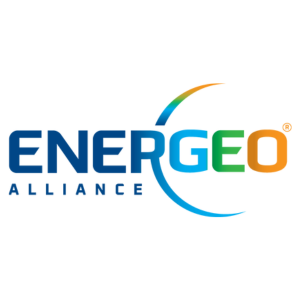
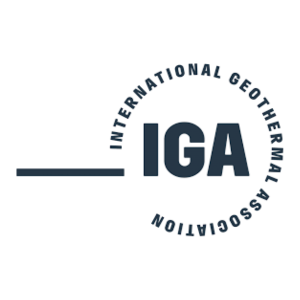
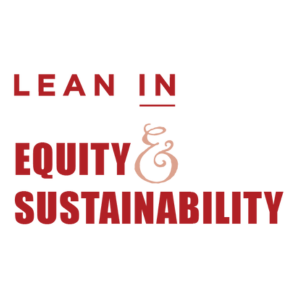

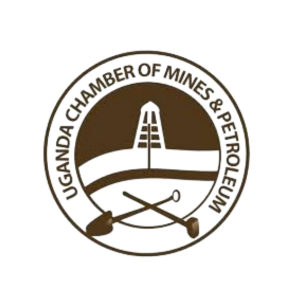

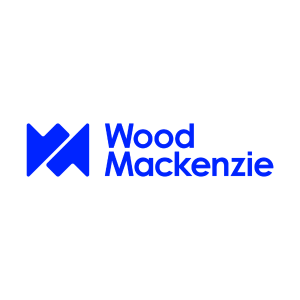

.jpg?ext=.jpg)

